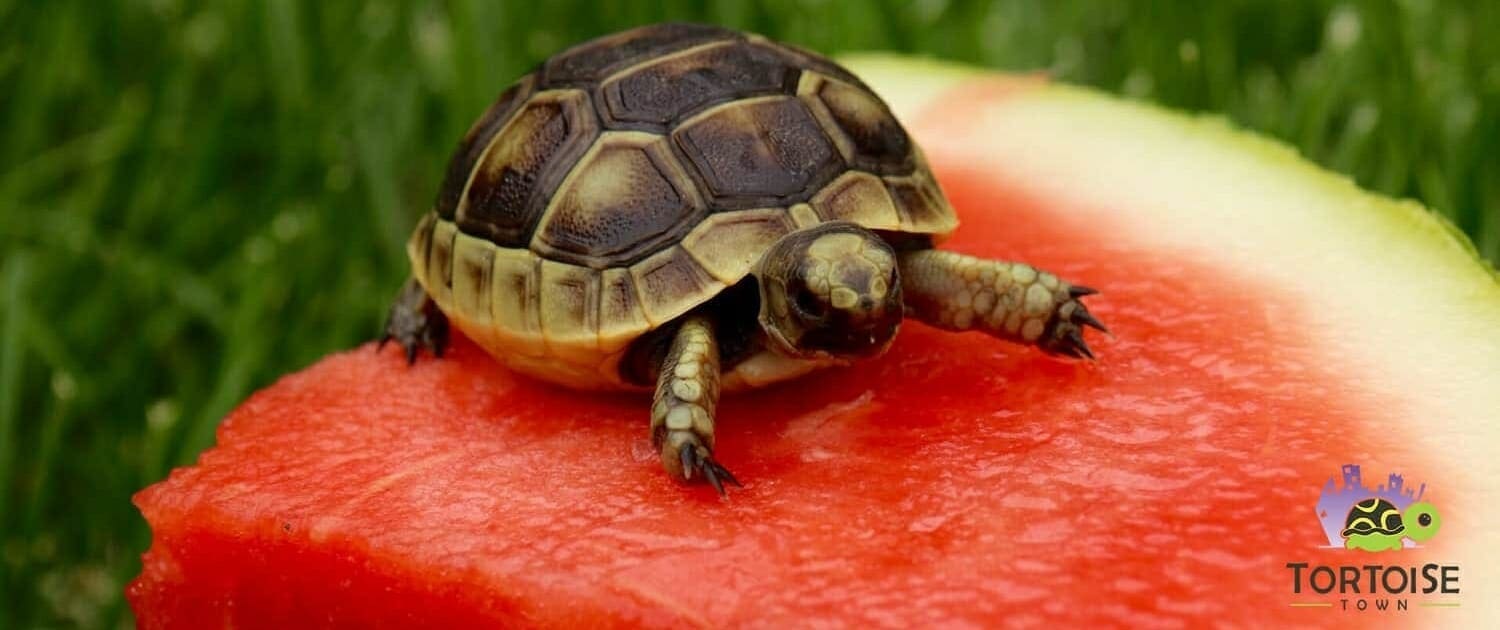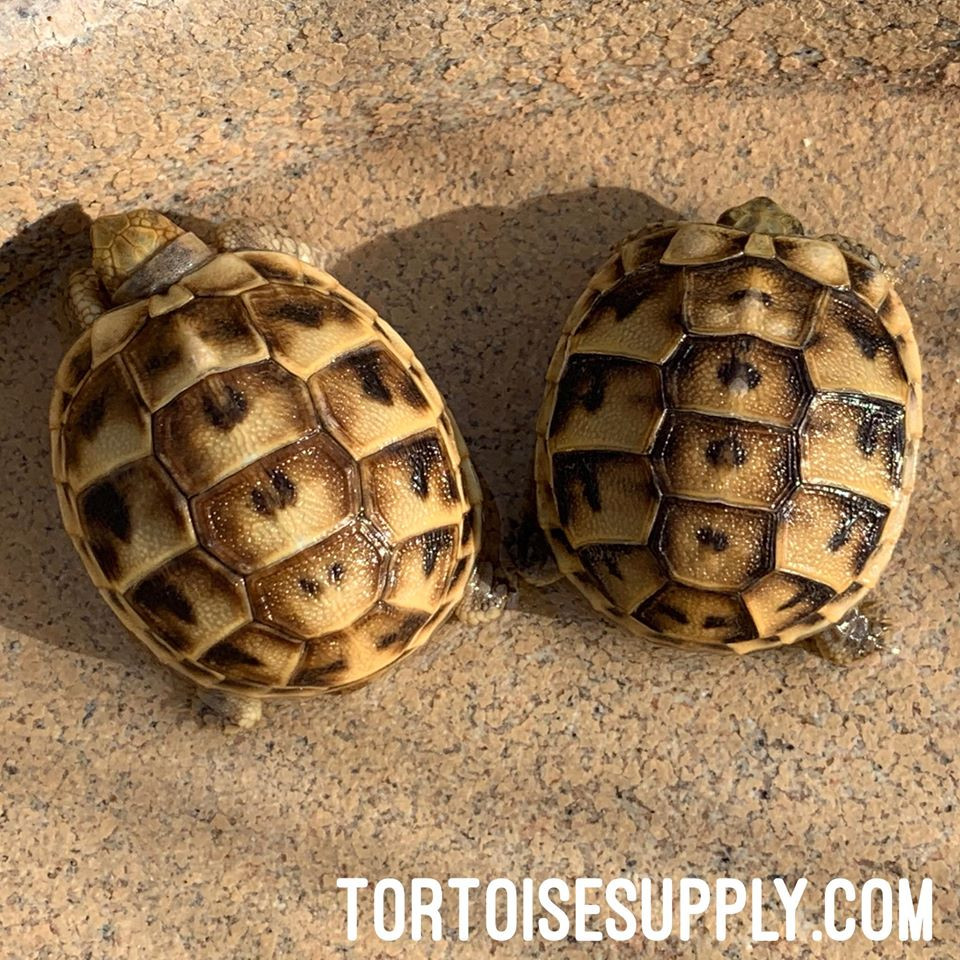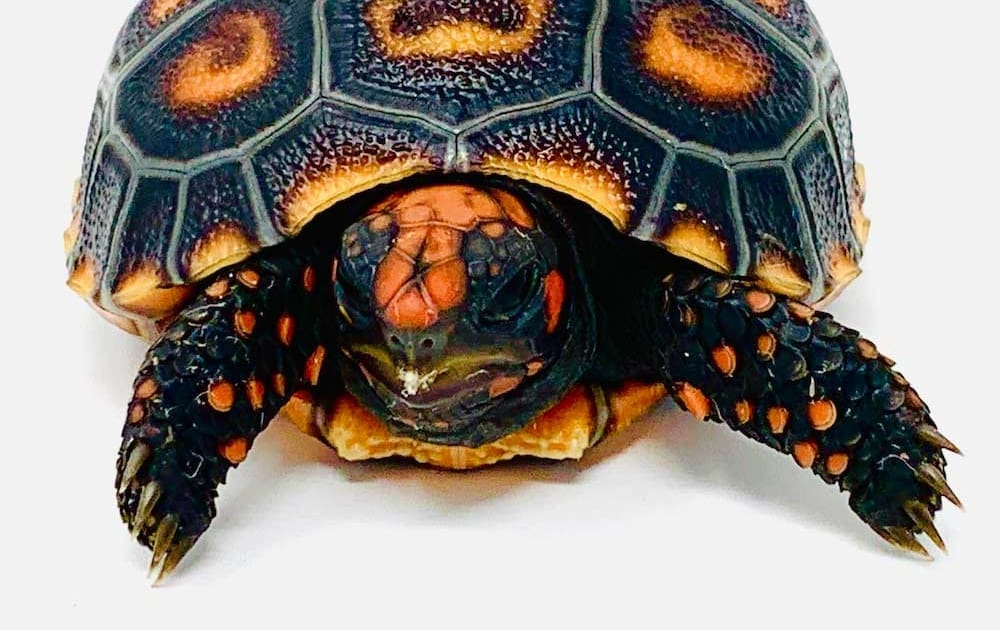Shell Rot Baby Greek Tortoise

Before purchasing a greek tortoise for sale please review and familiarize yourself with greek tortoise care.
Shell rot baby greek tortoise. A million 2 circumstances an afternoon take a cotton ball and practice hydrogen peroxide to it then onto his plastron backside shell. Scrub the shell gently with a toothbrush and clean water. Also like other reptiles greek tortoises are susceptible to metabolic bone disease. In time the white patch will peel off leaving healthy shell underneath.
Usually due to a fungal infection shell rot can cause painful shell deformities that are life threatening to the animal if left untreated. Shell rot is a generic term which describes the visible effects of bacterial fungal or even algal in aquatic species diseases of a tortoise s or turtle s shell. Symptoms are basically the same whether the shell rot is caused by an injury or an underlying condition and should be looked out for on a very regular basis. This area upper left appears rough and uneven.
Shell rot is not a disease in itself but is a term which covers any kind of problem with the shell of either a turtle or a tortoise. This is dry shell rot. These diseases often follow damage or abrasions even those that are seemingly minor in extent. Shell rot occurs when the bacteria found in your turtle or tortoises environment infect the blood vessels in the shell of a turtle.
Testudo graeca is the more common of the main 3 greek tortoises for sale. There are a variety of greek tortoise species available in the captive bred tortoise market including golden greek tortoise for sale ibera greek tortoise for sale moroccan greek. Ibera greek tortoise for sale. Minor shell rot is something that happens in both captive and wild turtles so it isn t an extremely uncommon occurrence.
If shell rot goes untreated though it can become very problematic. When shell rot is treated properly there shouldn t be any lingering or underlying health effects on the turtle. Common health and behavior problems like many other tortoises and turtles shell rot is commonly found in greek tortoises. You may also start to see soft spots forming or even have small areas of bloody discharge.
This tortoise came out of hibernation with it. This will eventually cause small pits and divots in their shell and give their shell a moth eaten appearance. This is scarring from an old case of wet shell rot.














































